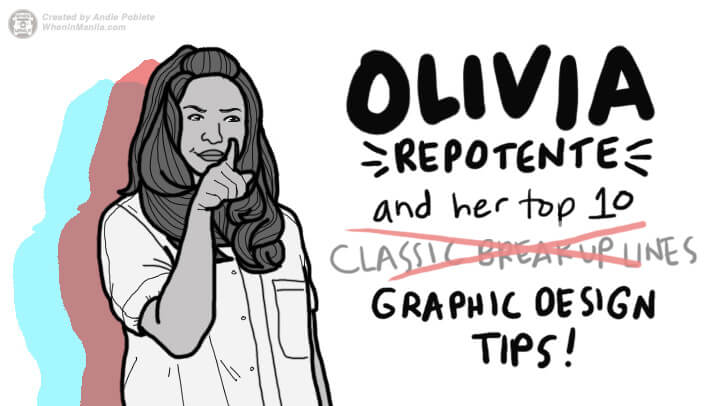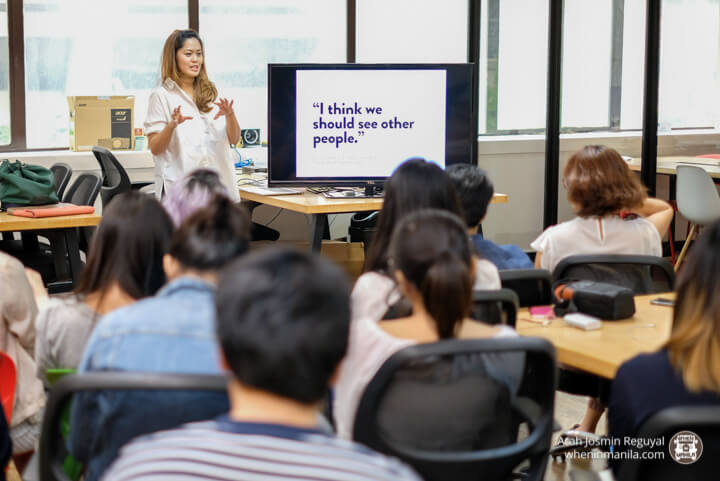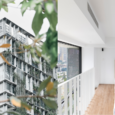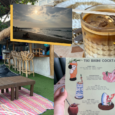Words by Janelle Domalanta
Graphics by Andie Poblete
Photos by Arah Reguyal and Jeanne Dizon
–
We can draw inspiration from anything around us, may it be from the black cat that just passed by, or even the urban jungle we call home. Surprisingly, we can even learn graphic design from classic break-up lines.
Olivia Repotente, an architect, graphics director, and graphic designer gave a talk to us #WIMterns entitled “Things I learned about graphic design from classic breakup lines”. Held in Penbrothers Makati, the When in Manila interns learned more about the art of graphic design and everything in between.
ALSO READ: 5 Tips for Aspiring Artists from a Professional Travel Filmmaker
10. “I’m not ready yet.”
This isn’t part of her actual lesson, just a ‘lil extra thing we learned from her. Olivia gave tips for those starting out: just the basic stuff. Start out with sketches, researching, and conceptualizing before you jump into graphic design. Soon enough, you’ll see what you’ll gravitate towards.
She also noted that there really is no shortcut. Work, work, work—and you’ll get there.
9. “It’s not you, it’s me.”
Your work is all about the collective vision, and not just about you. It’s alright to believe in your work and to stand up for what you believe in, but never forget to take into consideration everyone’s input in the team. The client, most especially, is the most important factor in the design process.
8. “I need to find myself.”
We are all in the process of finding something original for ourselves. We strive to find our own inspiration. Olivia made it a point to apply uniqueness in her works. She draws inspiration from what’s unique and authentic about the brand then applies it to the design, for everything unique comes from unique.
7. “I think we should see other people.”
There are times when we should learn to step out of our comfort zone. The world is a big place. There are so many things to learn and explore outside of your bedroom. Through the art of communication, you learn various things you wouldn’t have known by staying cooped up at home.
6. “I don’t know where this is going.”
Creating a brand book is an essential step if you plan on pursuing anything graphics related as your job. When doing so, you have to make your communication effective, and you have to know what you want to put in it, and ask yourself first: if I were the audience, would I like this?
5. “We just have different perspectives.”
You don’t need to be a 3D artist to create different perspectives into 2D visuals. Your work would be more memorable if you were to play with depth. As the creator, you are in control of your perspective.
4. “I just want closure.”
We need to understand the principle of closure, and according to the Gestalt principle, closure occurs when an object is incomplete.
3. “You are not who I thought you were.”
According to Olivia, what makes a good piece is the cleverness and play on people. The audience has to take a second look because we need to engage their brain for them to remember. There must be depth in your work.
2. “It’s not what you said—it’s how you said it.”
The message is not the only important thing about your work; it also includes the voice that carries it.
You could spend hours pondering on which typeface to use, or even which color for your text and background. It’s no lie that it’s a delicate process. Choosing the appropriate typeface and color contributes to what your message is too, and could, above all, make or break your piece.
1. “I need space.”
There are two elements in graphics design called “positive space” and “negative space”. The positive space is the actual parts of the layout where there is deliberate form, while negative space is what surrounds it. The one thing that Olivia noted from her career is that it’s very important to use white space comfortably—it’s just as important as positive space, so better make best use of it by being proportional (the brain tells you when there’s too much text, so you’ll know when you see it).
Olivia also mentioned that scale is not a main factor, as opposed to popular belief; the proportions of the space around it essential for breathing space. Remember: negative space is an equally powerful tool.
–
To see Olivia Repotente’s works, visit her website: https://oliviarepotente.com/






